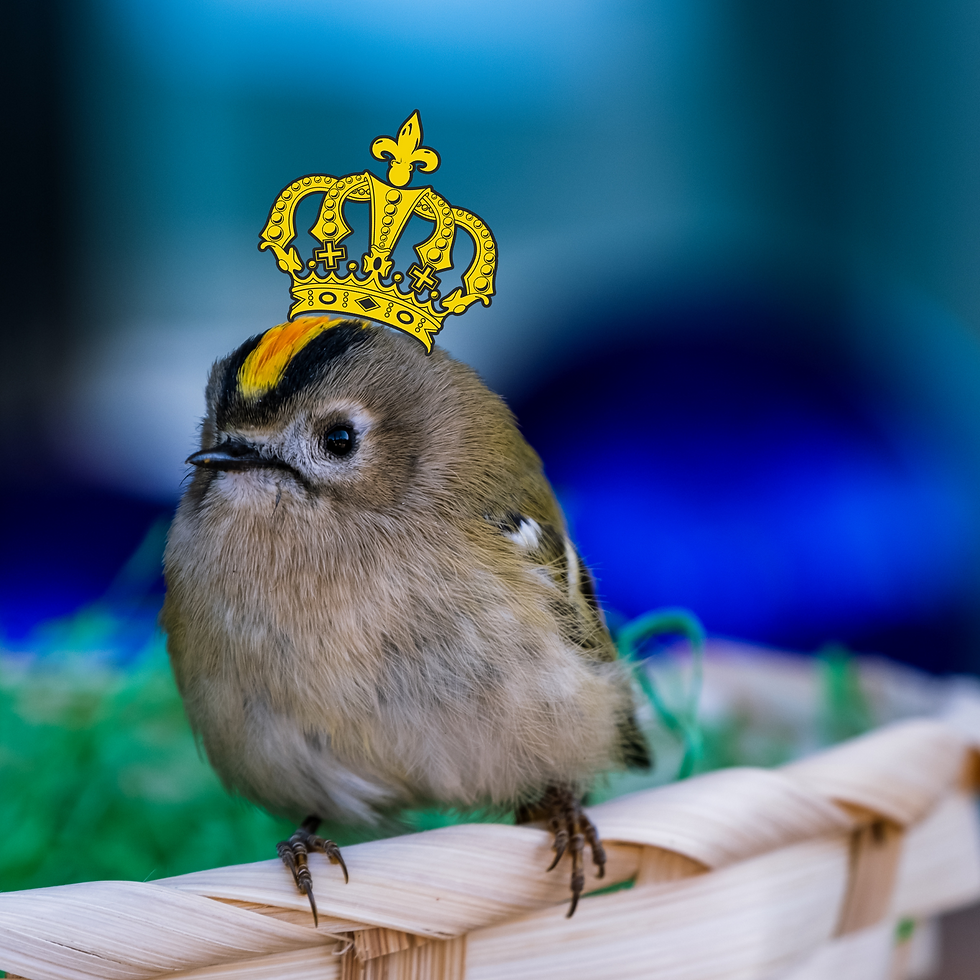Bleke - the Unique Ice Age Salmon
- Marion Solheim

- Sep 22, 2023
- 3 min read
Updated: Nov 6, 2024
It’s the only one of its kind in the world, and you can catch it yourself! The bleke is not only tasty, but probably one of the most unique dinners you’ll ever have.

The story of the bleke (also known as "bleka" or "Byglandsbleka") began some 10 000 years ago, more specifically at the end of the Ice Age. During the Ice Age (80 000 - 10 000 years BC) the ocean rose as a result of the heavy load of ice, which pressed down the land and also carved out fjords in the landscape. At the end of the Ice Age, when most of the ice disappeared, the land rose. Most of the migrating salmon went off to the ocean, but some stayed behind and ended up being trapped in a lake. Cut off from the ocean, these ancient salmon adapted to the freshwater environment, evolving into something truly remarkable. The lake is still there, today known as Byglandsfjord in Setesdalen.

On the Brink of Extinction
The descendants of the Ice Age salmon were forced to turn from migratory salmon to freshwater fish. They managed just that - and they are very much alive and kicking in Byglandsfjorden to this very day. The bleke (Salmo salar) lives in a lake with water so clean and crisp that some people use it as drinking water to this day. So, for thousands of years, the bleke has lived in Byglandslandsfjorden as if it was the biggest of oceans - it swims up north to spawn and has a great salmon life in the freshwater lake. Which, by the way, is quite big for a lake, with its 55 km2 and a depth of 167 metres.
The Ice Age salmon thrives in Byglandsfjorden. But it was a close call.
At one point, the bleke faced near extinction, with only a couple of hundred left in the mid-1970s. Fortunately, the collective efforts of locals, scientists, and authorities turned the tide. Through the establishment of a hatchery and dedicated conservation work, the future of the bleke was secured. Today, 50 years later, Byglandsfjord teems with thousands of these unique salmon; a testament to the successful rescue mission.
The effort has paid off and the species is saved. A study has shown that the bleke is genetically extremely pure, superior to the strains of farmed salmon. It was definitely an underwater treasure worth saving.
A Rare Culinary Experience
The bleke might not grow to giant proportions, with lengths rarely exceeding 30 centimeters and weights around 200 grams, but it more than makes up for its size in flavor and quality. It is white and silvery with blue-black dorsal fins and tails that recembles butterfly wings. Feeding on plankton imparts a rich red hue to its meat, making it a delicacy cherished by the people of Setesdalen.

And it is a delicacy in more ways than one. Healthy, stress free, living in crisp, clean water. No wonder the people of Bygland enjoy a bleke dinner!
Byglandsfjordbleke is the only salmon of its kind worldwide - and its story is unique. Thanks to the last 50 years of rescue mission done by the local people, this butterfly tailed salmon treasure can now end up on your plate instead of going extinct.
If you go to Byglandsfjorden to catch bleke, you can buy a fishing pass at stores and gas stations and get fishing tips from the locals.
Happy bleke-fishing!

Do you want to know more about village life around Byglandsfjorden? Check out the village of Bygland with its golden beaches here!
Looking for other fish in the sea? Find your next fishing spot via our village matchmaking.




